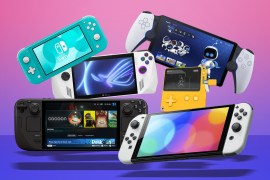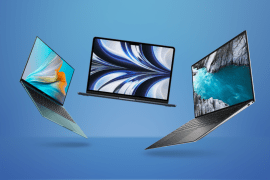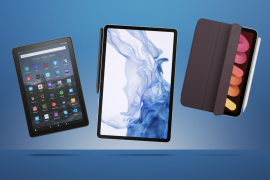Windows 8.1 update: welcome back, Start menu (for real this time)
Microsoft has updated its full-fat OS with plenty of tweaks. But will it keep the Windows faithful happy?
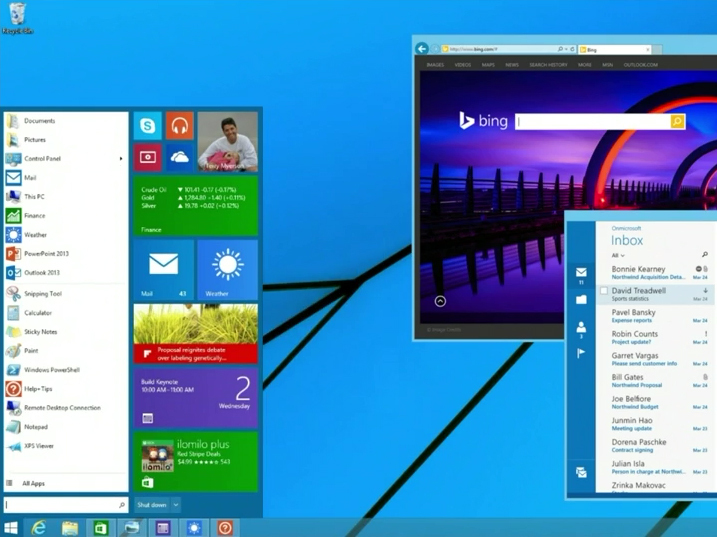
Along with introducing Cortana in Windows Phone 8.1, Microsoft has outlined what changes it’s introduced to Windows 8.1 to address the list of niggles users still have with it.
Criticised for cramming the made-for-touch tiled UI of Windows 8 down PC users’ collective throats, Microsoft has faced cries of “where’s the bloody Start Menu?” ever since its latest OS was released.
Users have gone as far as paying for software which emulates the functionality of the classic Start Menu, and we can’t say we blame them one bit.
Thankfully Microsoft has finally listened, and it’s reintroducing the classic Start Menu we’ve come to know and love.
It works exactly like it did before, serving up a list of all your applications, and yes, you can easily turn off or restart your PC from it. Hooray!
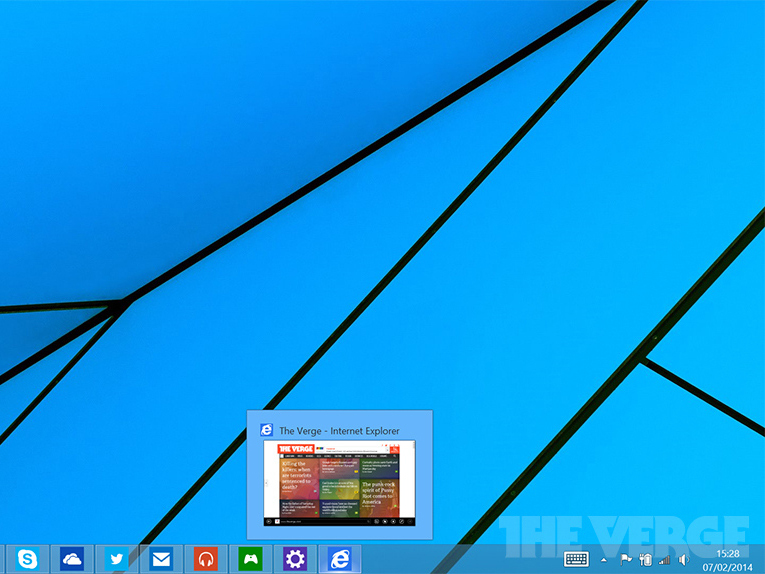
You can also now pin Metro (sorry, Windows 8) apps to the taskbar for easy access. And that’s not all. Windows 8.1 apps now have title bars at the top, making them easier to drag around to snap them to the side or close them completely.
While it might not quite fit the design of some Windows 8 apps, the taskbar can now be overlaid on top of them. But screw looks, we say. This is what we’ve wanted since the very beginning, and we’re happy Microsoft has finally delivered.
The hot corners that bring in Charms have also been tweaked. They’ve now got a delay to ensure that they don’t pop up unexpectedly, which is another very welcome improvement.
While you can already change the settings to boot straight to the classic Windows desktop, Microsoft it working with device manufacturers to implement the more sensible option so that it’s ready to roll out of the box.
While tablets will still boot directly to the touch-friendly Start Screen, desktops and non-touch laptops will now kick you straight into the old-style desktop.
Oddly enough, if you boot to the classic desktop then that affects which apps open certain files. Music and video files, for example, won’t be opened up by the newer touch-friendly Windows 8 Photo and Music apps.
The classic photo viewer lacks Microsoft’s OneDrive integration, while Windows Media Player can’t access Xbox Music, so this isn’t the neatest of solutions.
We’re hoping this is just a temporary arrangement until Microsoft provides us with a way to run newer Windows 8 apps that float over the classic desktop, but we’ll just have to wait and see.
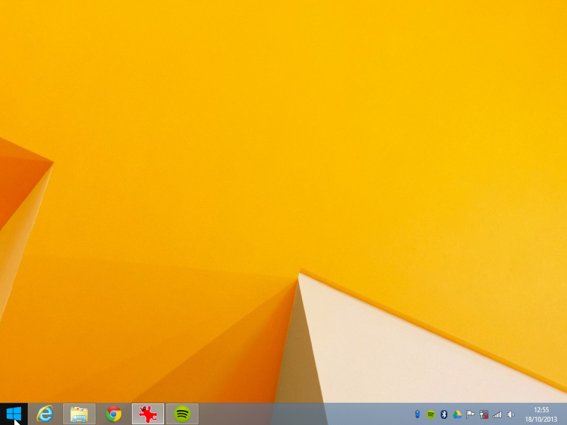
The last of the major changes to Windows 8.1 won’t be noticeable, but they’ll be welcomed with open arms. A whole host of under-the-hood tweaks means that Microsoft has managed to reduce its Windows image by up to 60%.
That means that devices with a paltry 1GB of RAM and just 16GB of storage can technically run it, although we can’t speak for their performance.
There’s plenty to be happy about here, and hopefully this process has been a valuable lesson for Microsoft – don’t you ever mess with our Start Menu again.
Hopefully the stigma associated with Windows 8 will dissolve after the new tweaks have been rolled out. Windows Vista’s initial problems gave it an unshakeably bad reputation, despite it blossoming into a perfectly useable and stable OS.
That’s definitely a situation Microsoft will want to avoid again, and it’s now well and truly on the right track to ensure that it does.
READ MORE: Microsoft reveals Windows Phone 8.1 complete with Cortana, an amazingly powerful virtual PA

